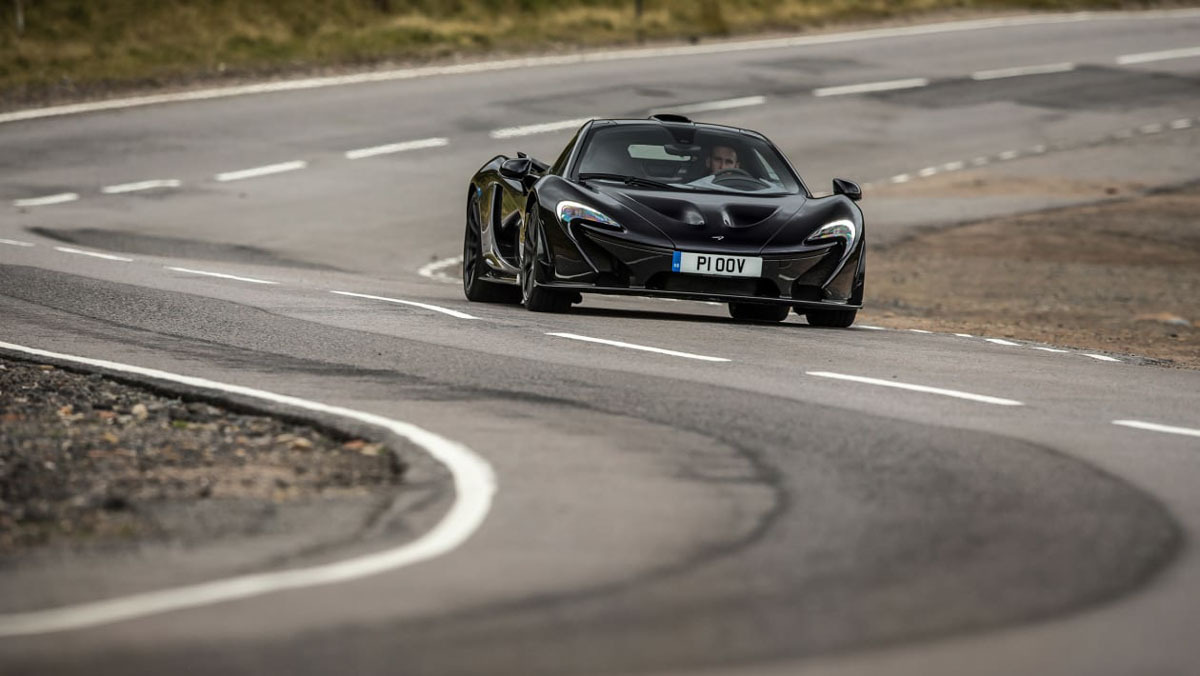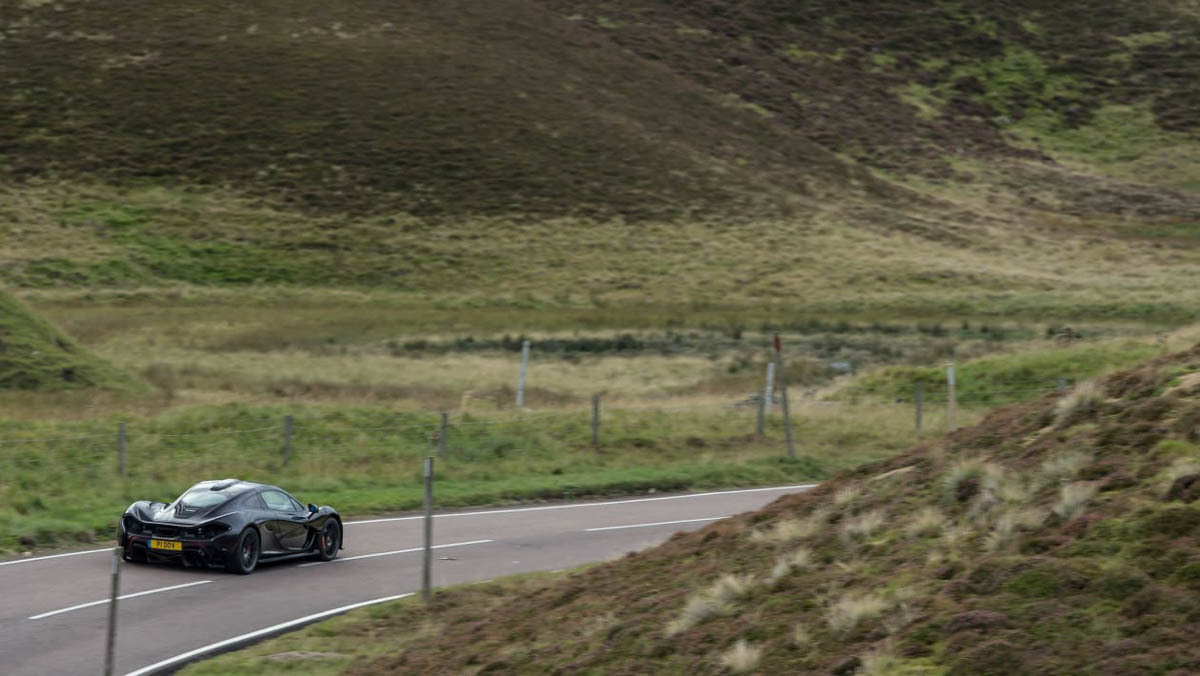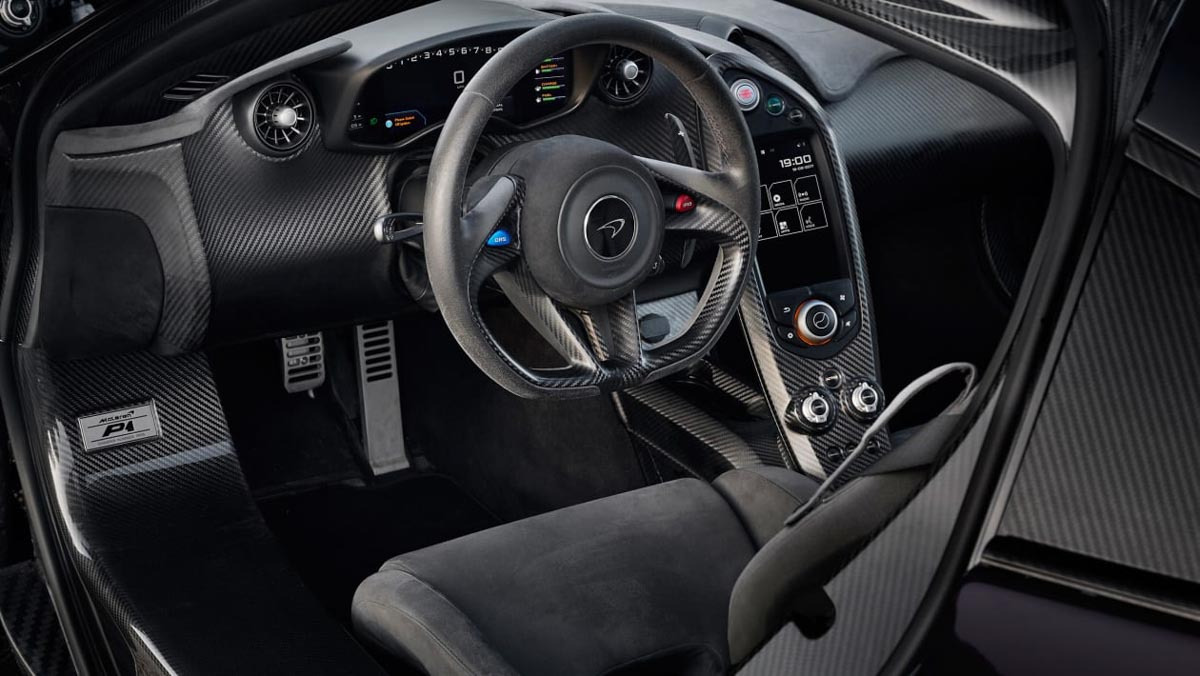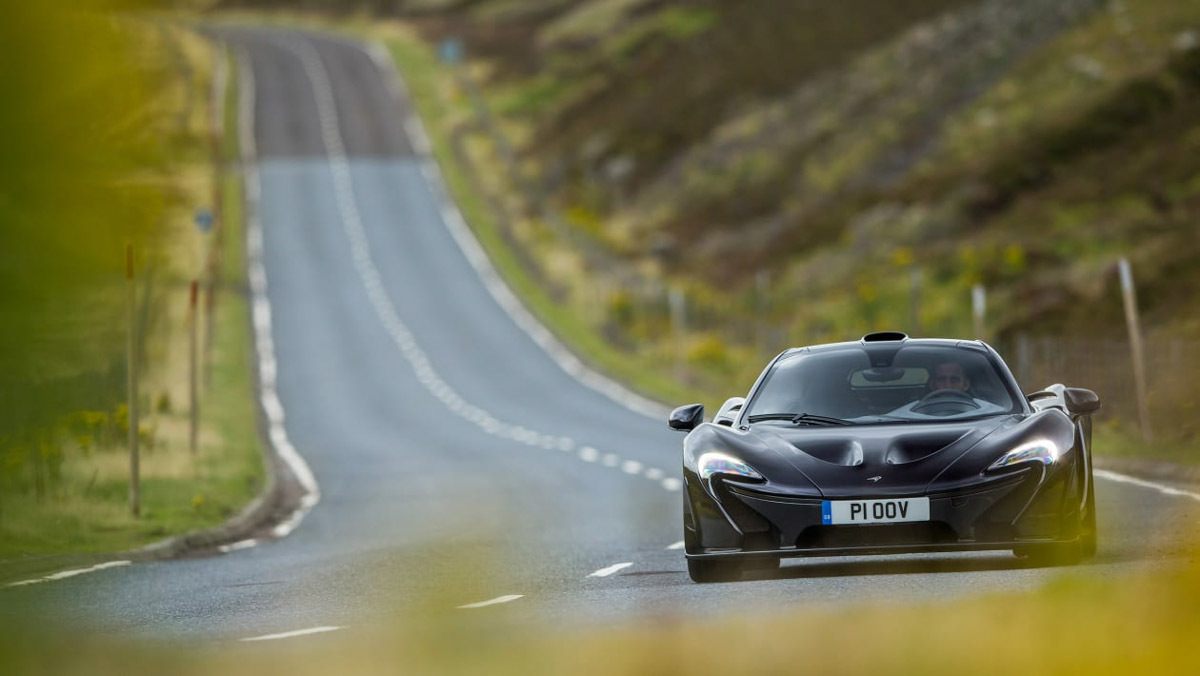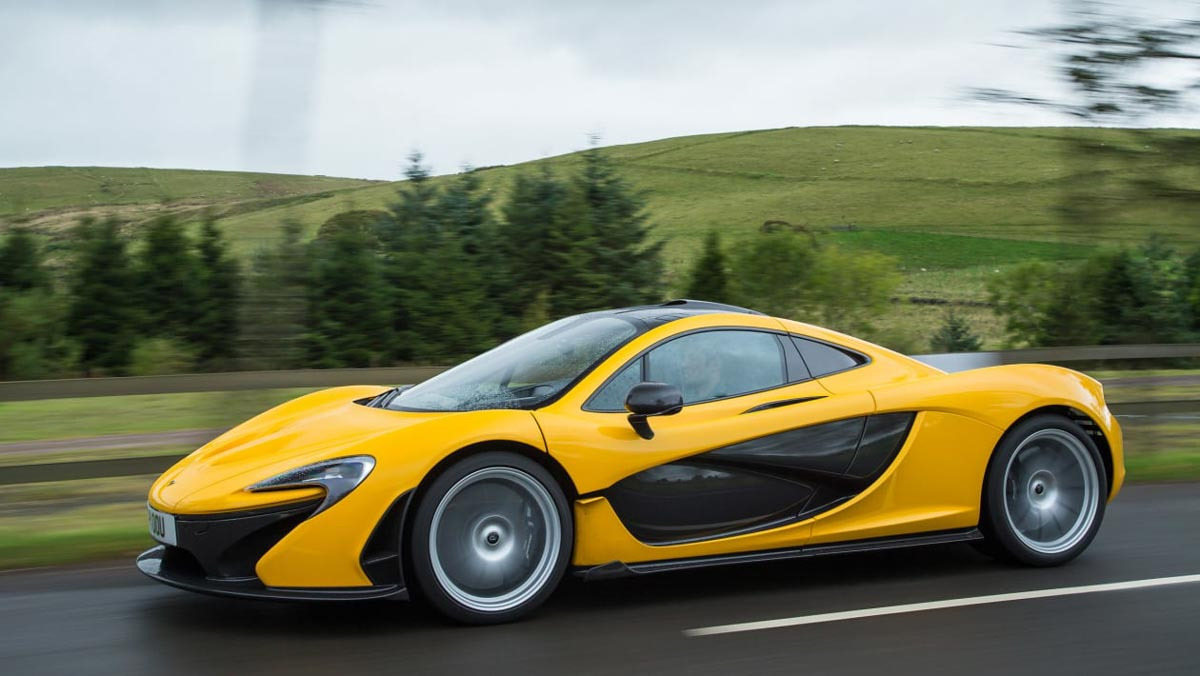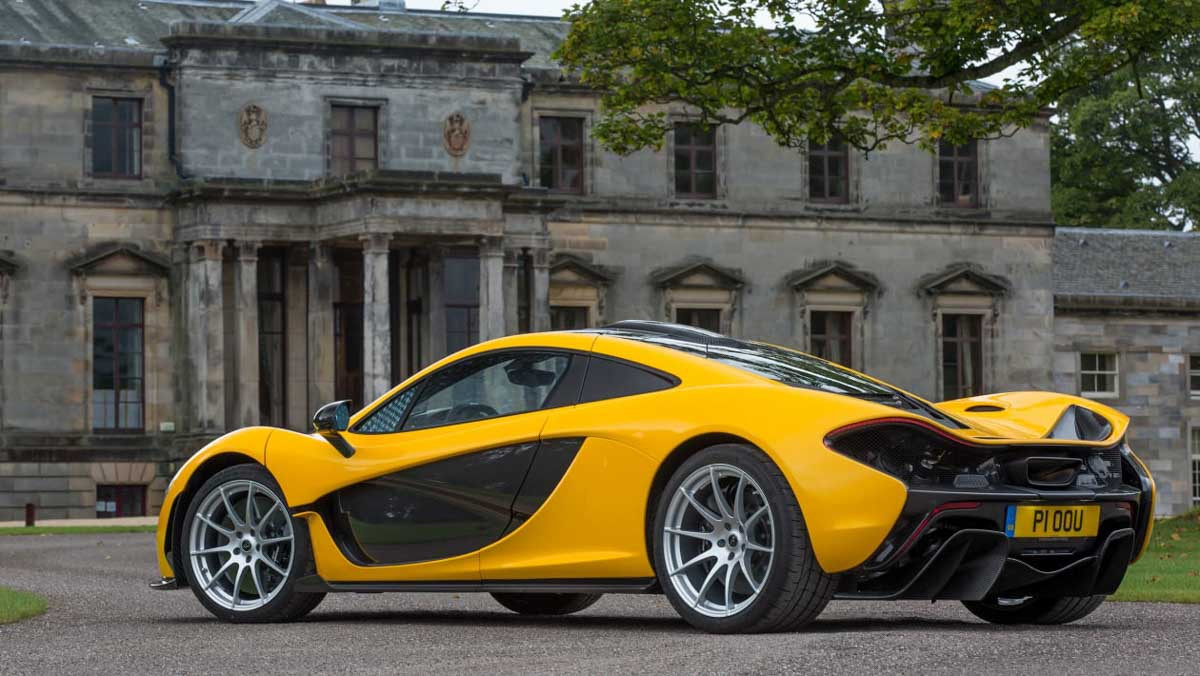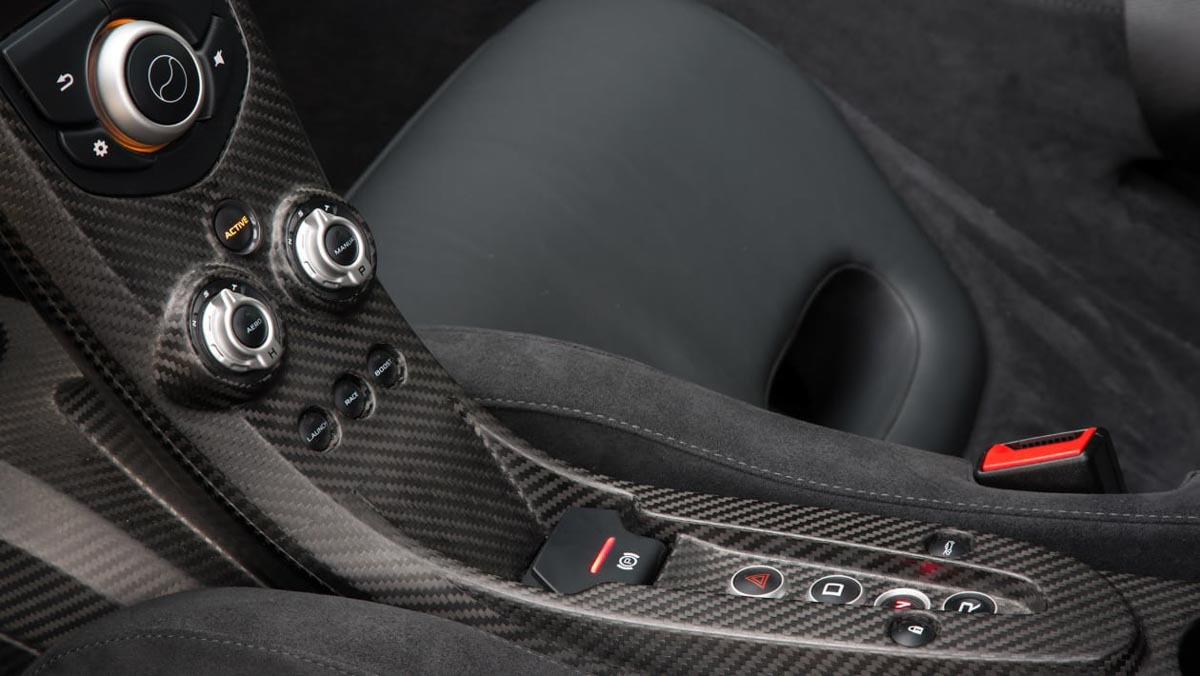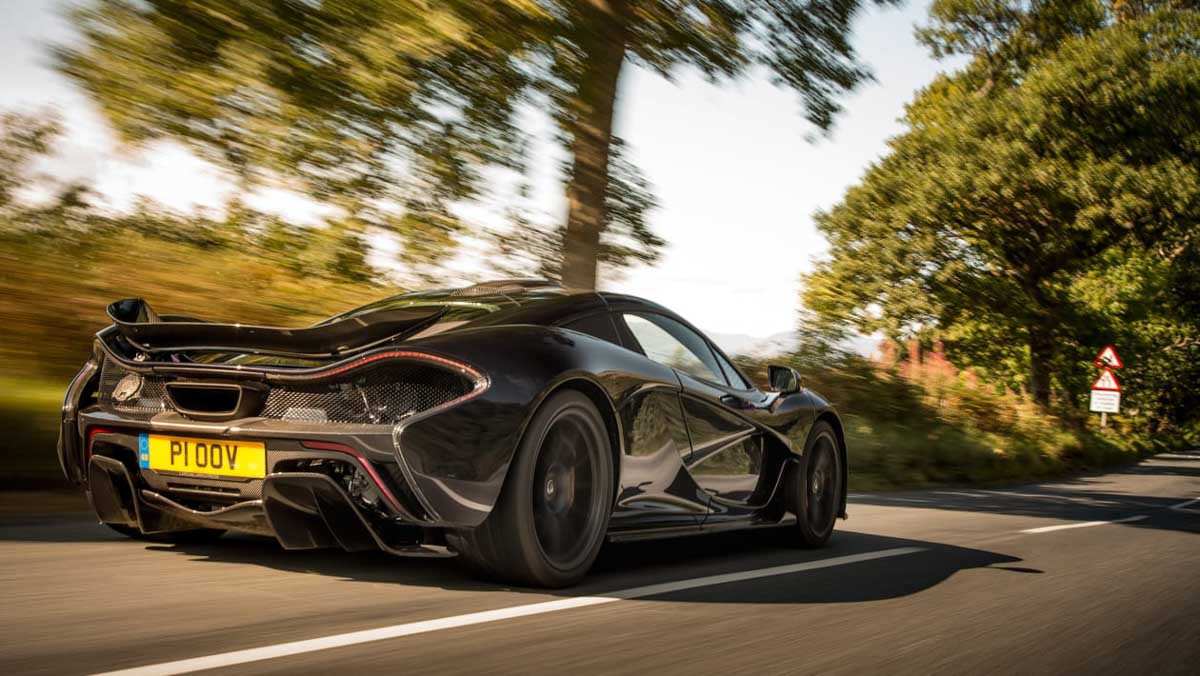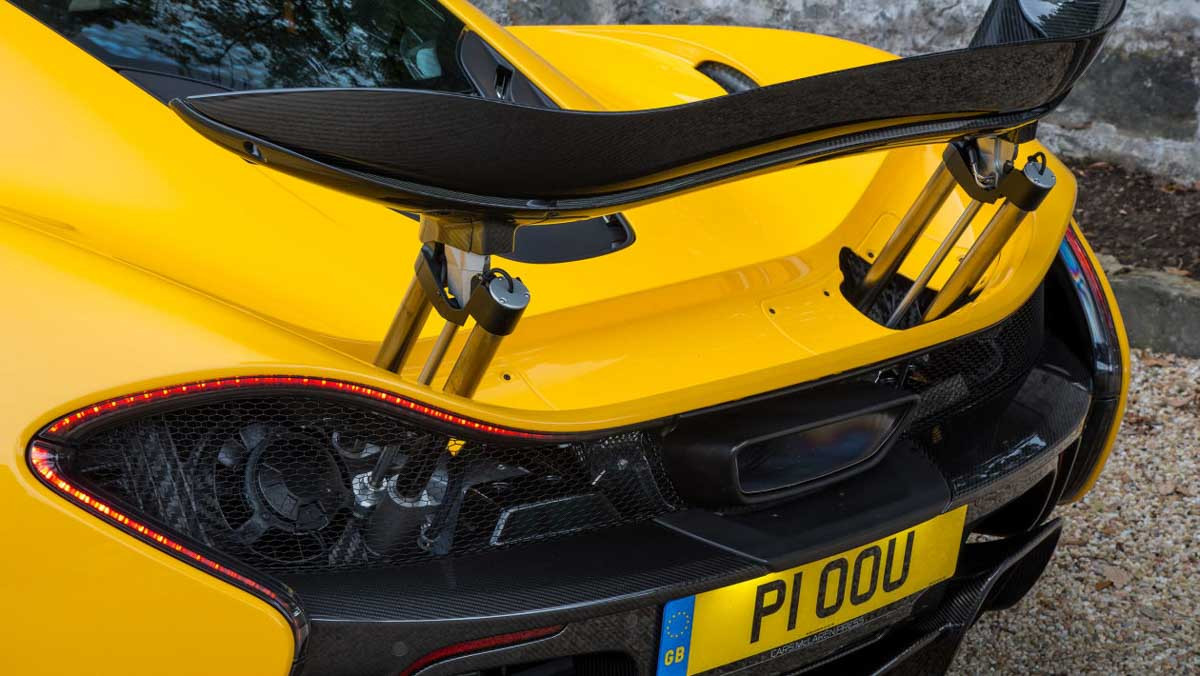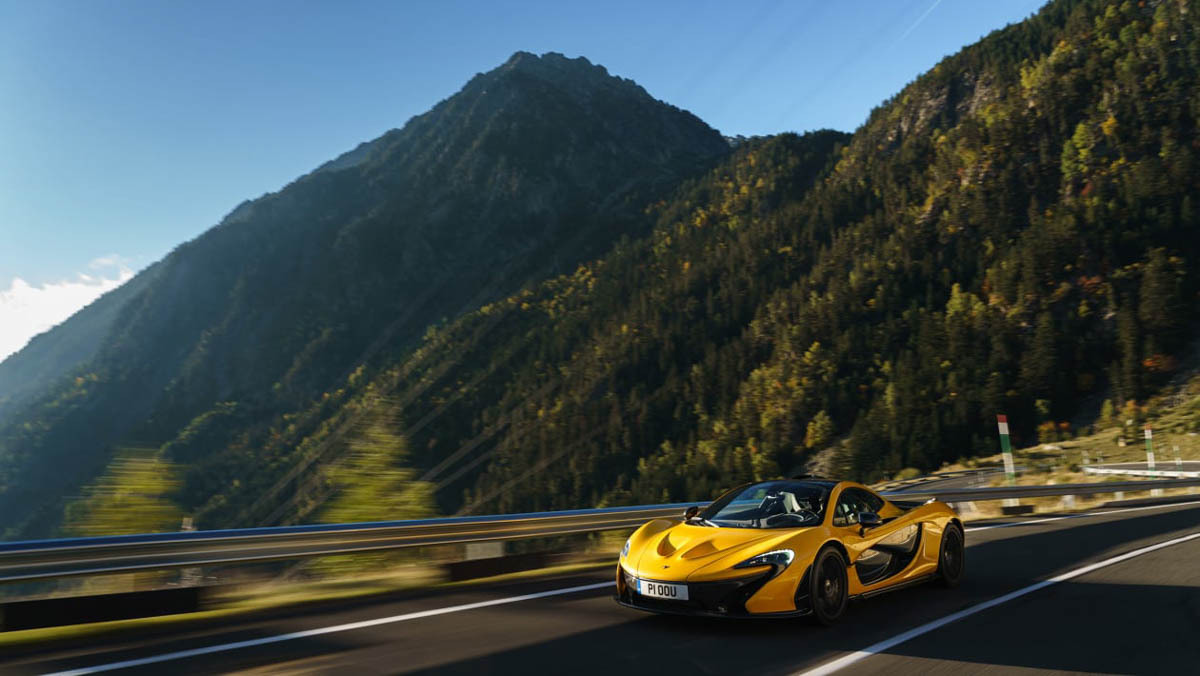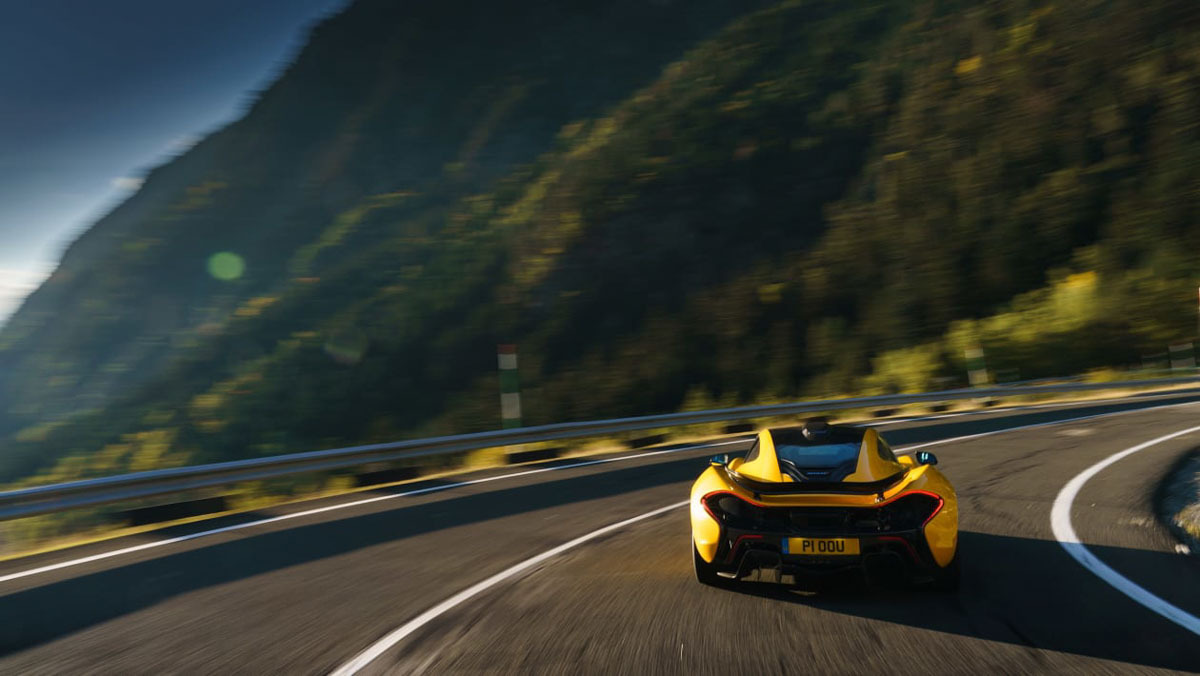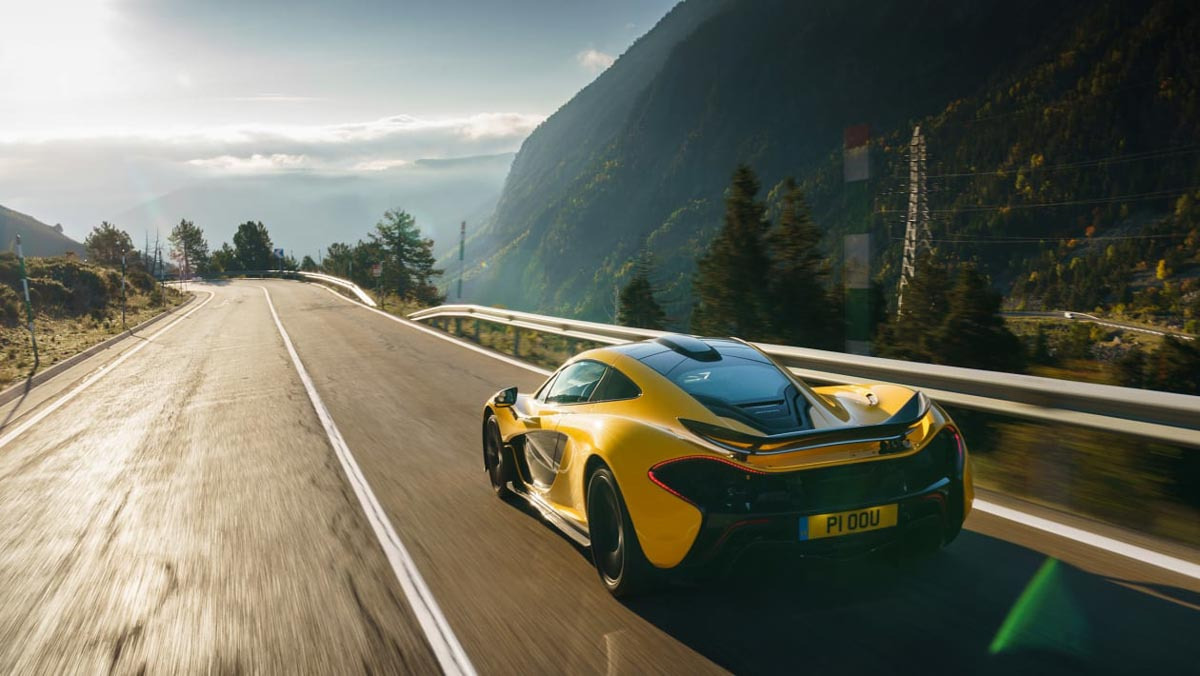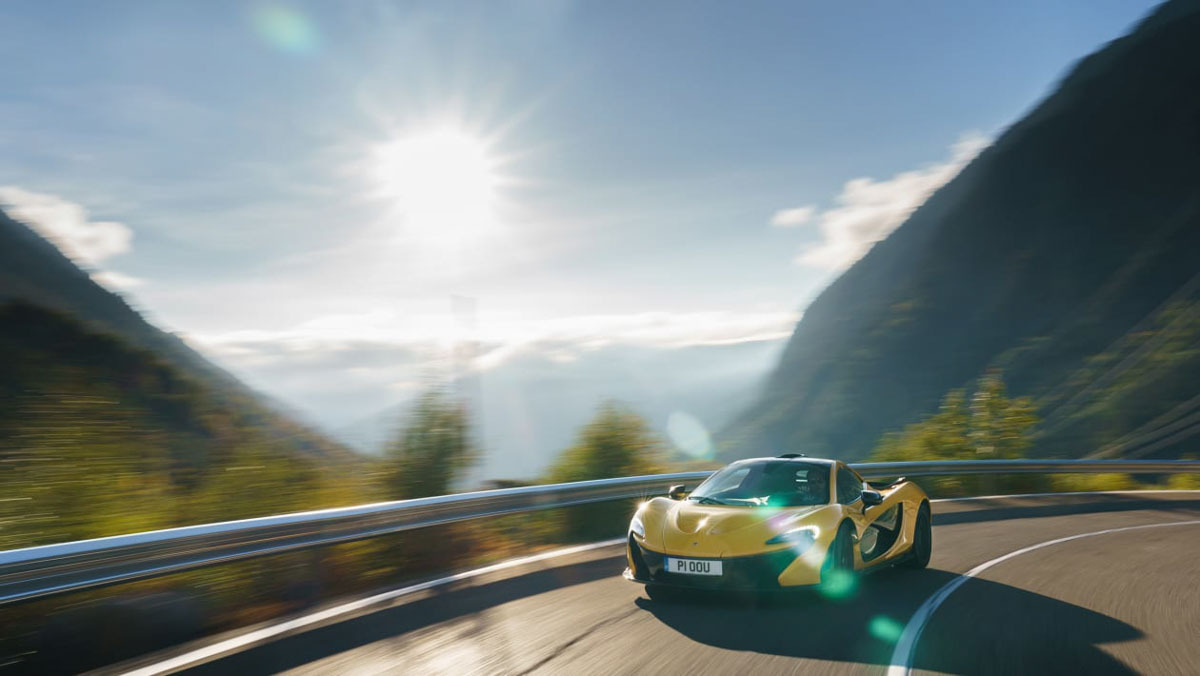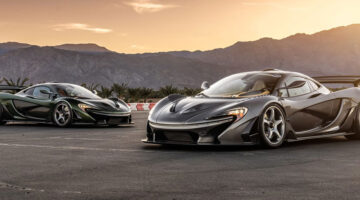It was the model that established McLaren Automotive as a contemporary supercar powerhouse, and seven years later none of the shine has gone
McLaren Automotive has been careful not to call any car since its rebirth in 2010 a direct replacement for the seminal McLaren F1, but if one car can be considered a direct descendant more than any other, it’s the P1 launched in 2013.
One of the “holy trinity” of three hypercars launched that year (one being Ferrari’s LaFerrari, the other the Porsche 918 Spyder) it was a technological showcase for a brand that has since gone from strength to strength in terms of both the performance and capability of its products.
To sell the McLaren P1 as that alone though would underplay a car that was also a stunningly resolved product in its own right. One that, despite being eclipsed in some areas by the McLarens that have followed, still stands up to scrutiny today, whether you’re considering its styling, levels of involvement, or simply its straight-line performance.
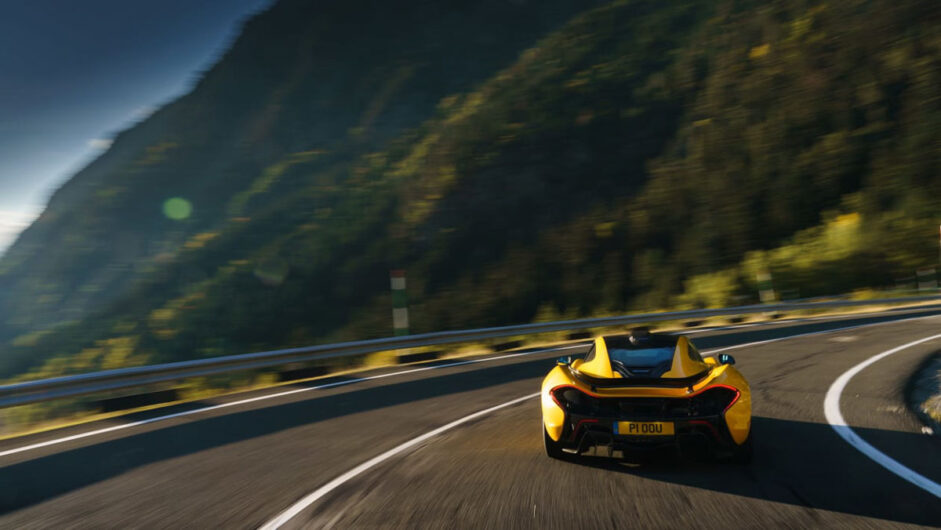
McLaren P1 in detail
McLaren Automotive as an entity opened its doors in 2010, having replaced the dormant McLaren Cars that was originally set up in 1985 to develop the car that would become the McLaren F1 when launched in 1992.
Its first road car in this new period was the MP4-12C, later renamed the 12C, which used a twin-turbocharged V8 engine mounted within a carbonfibre monocoque – a fundamental formula that has since formed the basis of every McLaren road car in the new era.
As such, it was this combination chosen for McLaren’s new hypercar, though not without a twist. The automotive world was already moving in the direction of electrification in 2010 when McLaren Automotive emerged, and while environmental credentials were perhaps not at the top of the list for a new performance car capable of scalping the Ferrari and Porsche also in development, it was clear that hybrid technology, just as it would in the LaFerrari and 918 Spyder, could contribute much to the car’s performance.
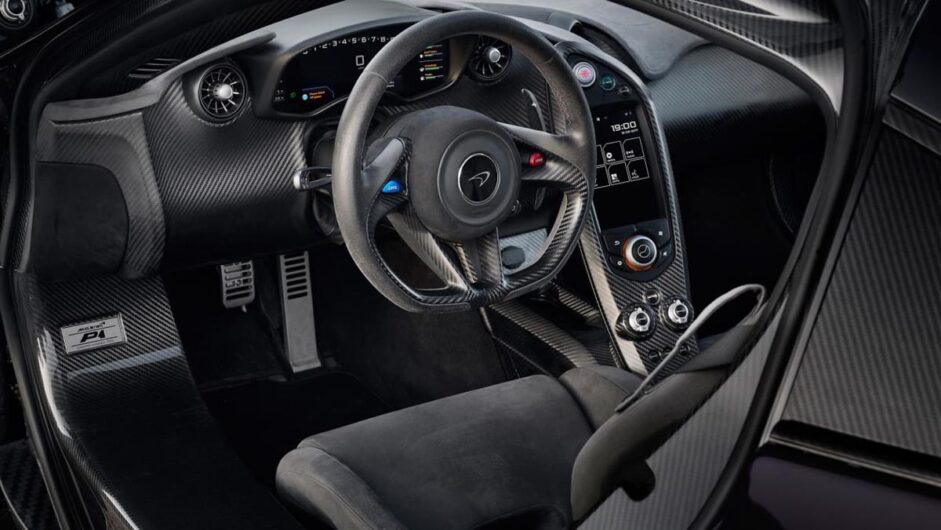
That hybrid technology had recently been adopted in the World Endurance Championship (and with Audi, won at Le Mans in 2012) was no doubt a factor too, but the interesting aspect was how differently each manufacturer’s application of hybrid tech would end up. Where Ferrari chased simple assistance and Porsche went down the plug-in route with a usable electric range, the P1 had a short EV range (around ten kilometers) but without the plug, predominantly using its 131kW motor for torque fill to help the engine at low revs while its twin turbos spooled up.AdvertisementAdvertisement – Article continues below
McLaren, like Ferrari, also went rear-wheel drive with the P1, both engine and motor driving through a seven-speed dual-clutch transmission. Peak power, with engine and motor working in unison, was 903bhp, with 664lb ft of torque combined. Not that the engine necessarily needed help – it was capable of 727bhp and 531lb ft completely unassisted.
The car’s shape was the work of Robert Melville, current Design Director at McLaren, and Frank Stephenson, best known at the time for his work on the original BMW X5 and BMW Mini and perhaps most relevant to the P1 project, the Ferrari 430 and Maserati MC12. It was sculpted by the air too though, with active aerodynamics including an enormous air-brake spoiler that could stand to attention to increase drag under braking.
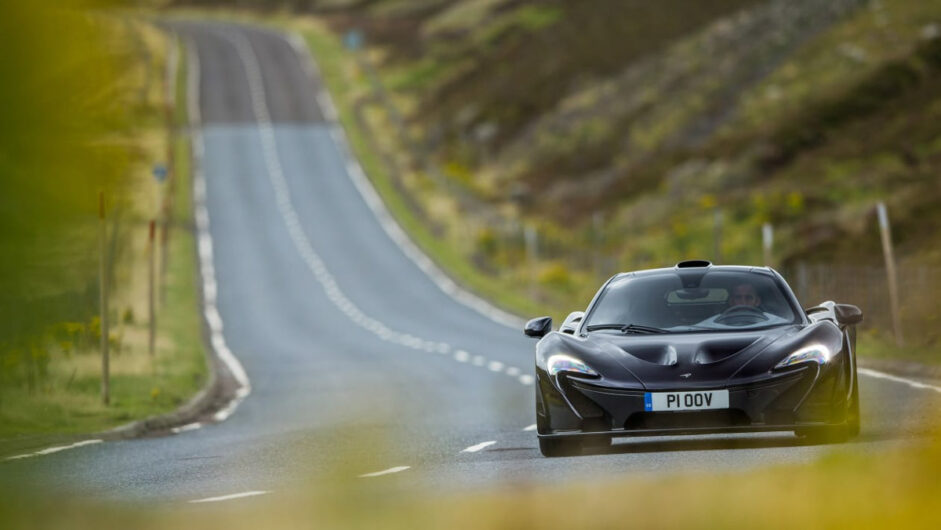
The aerodynamics were enhanced further by an active chassis setup whose ride height could drop by up to 50mm in race mode. With the now-familiar interlinked hydropneumatic damping system first debuted in the 12C the electronics could exercise huge control over each corner of the car too, and, if necessary, stiffen it (by up to 300 per cent, once again in race mode) for incredible control on track.
What stood out most on our original drive was that contrast of a car that felt surprisingly liveable on the road thanks to the clever damping (albeit loud, with little sound deadening and plenty of tyre roar), yet astonishingly fast on a track, with relatively light steering that has since become something of a McLaren trademark, huge grip, and benign balance despite an unsurprising appetite for oversteer.
Those wanting further track ability though would wait for the P1 GTR, which was unveiled in 2014 and launched in 2015, to coincide with twenty years since McLaren’s victory at the Le Mans 24 Hours. The GTR was designed for track use alone (even if customer team Lanzante quickly adapted some for road use), and made more power (986bhp), shed 50kg, and through a combination of slick tyres and extra aero, had even higher cornering capabilities.
Production of the P1 ended in December 2015, with 375 units produced since the first cars rolled out of McLaren Automotive in October 2013. The car was retroactively added to McLaren’s “Ultimate Series” in 2015, when the company’s brand strategy was split into Ultimate, Super and Sports series models, highlighting a quickly expanding range. While there has been no direct replacement for the P1, it has since been joined in the Ultimate Series by the track-focused Senna, open-topped Elva, and the luxurious three-seat Speedtail.
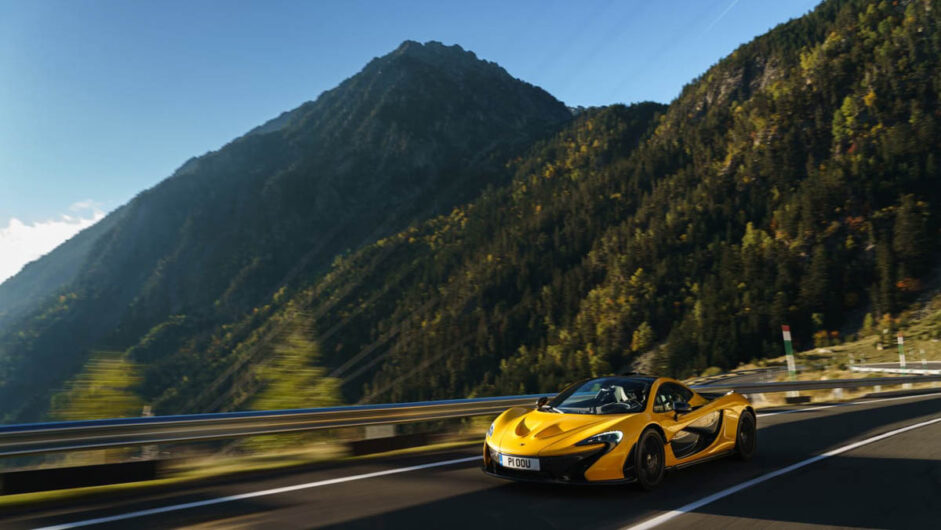
Specs
| P1 | |
| Engine | V8, 379cc, twin-turbo, plus 131kW electric motor |
| Power (bhp) | 903 (combined) @ 7500rpm |
| Torque (lb ft) | 664 (combined) @ 4000rpm |
| Weight | 1490kg |
| Power-to-weight | 616bhp/ton |
| 0-100kph | 2.8sec |
| Top speed | 350kph (limited) |
| Price | $1.15 (2013) |
What we said

McLaren P1, McLaren Heaven
‘It takes a while for the penny to drop but, when you decide to go for it, you drive the P1 in a more binary fashion than the F1. Punching down straights in a flurry of upshifts, diving into the heart of the corners with another handful of downshifts (even as you’re getting the car turned-in), immediately focused on launching out the other side, allowing the stability control to nip and nudge at wheelspin in the traction zones before releasing you onto the next straight.
‘It shouldn’t come as a surprise, but it’s like a modern slicks-and-wings racing car: designed to interpret any given road in a ruthless, geometric manner that gets you into and out of any given corner in the most direct way possible. It’s in stark contrast to the more classical style of the F1, which demands you scribe smooth, flowing lines, brake in a straight line and get your downshifts done well before you need to make your steering inputs.’ Richard Meaden
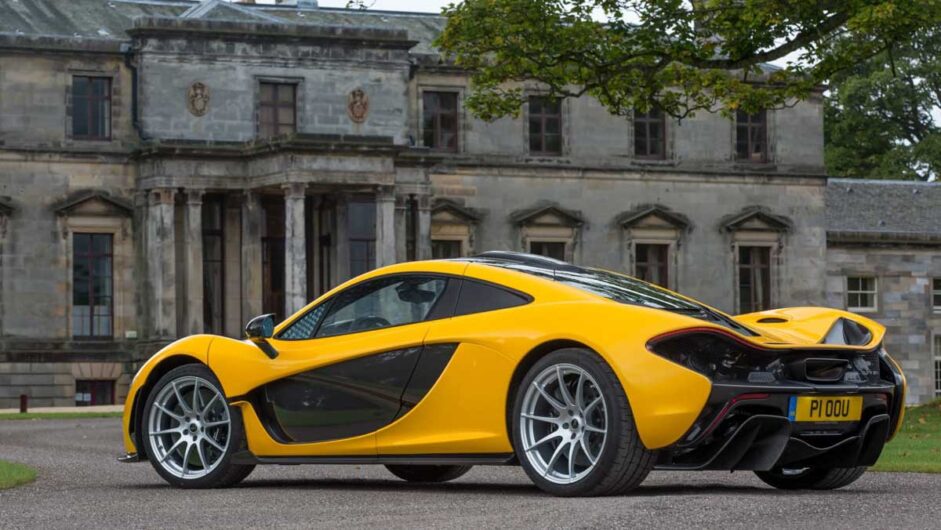
McLaren P1, Mountain High
‘A fast left leads into a long 90-degree right. The P1’s steering is light and full of that delicious fingertip feel so intrinsic to the McLaren experience, but the rack feels slower than I thought it would and the front doesn’t respond quite as I’m expecting. A 720S would have dived to the apex but the P1 is gently pushing wide and the torque-fill of that electric motor is effective but not a complete solution.
‘More throttle feeds the understeer and then, all of a sudden, the turbos hit boost and the brake-steer system frantically tries to equalise torque across the rear axle. Ultimately there’s simply too much of it and the Pirellis are soon spinning up and you’re sliding a car with 903bhp. Weirdly, the P1 never feels more secure and natural than when exiting a corner with some angle on and a trail of wispy smoke hanging behind it. The Senna has moved the game on for control and grip, but it doesn’t indulge with the P1’s good humour. Not even close.’ Jethro Bovingdon
What to pay
The P1 has, like its contemporaries, done rather well for its owners, considering its original $1.15m price tag back in 2013. As of late 2020, and aside from a car in the United Arab Emirates priced at just over $1.24, the majority of P1s for sale are listed at just over the million mark and a few touching $1.73 million.
As for GTRs, the current range seems to be between $3.07 million and $3.73 million. The P1’s limited nature will always justify higher prices than McLaren’s volume production models, though these prices do pull into sharp focus the value of more recent McLaren LT variants, whose performance really isn’t far removed from that of the P1…
This article originally appeared at evo.co.uk
Copyright © evo UK, Dennis Publishing

